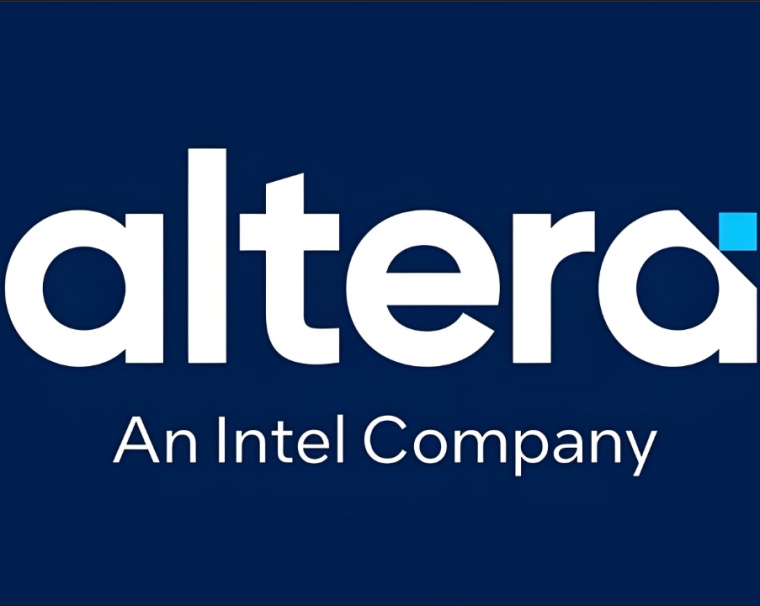Exploring the EP1C12F324C7N FPGA: A Comprehensive Guide
The EP1C12F324C7N is a high-performance Field-Programmable Gate Array (FPGA) from Intel’s (formerly Altera) Cyclone series. Designed for flexible and efficient digital logic implementation, this chip is widely used in embedded systems, industrial automation, and communications. In this article, we delve into its key features, applications, and advantages, ensuring you understand why it remains a popular choice among engineers.
Key Features of the EP1C12F324C7N
The EP1C12F324C7N offers 12,000 logic elements (LEs), making it suitable for mid-range FPGA applications. Its 324-pin FineLine BGA package ensures compact integration while maintaining robust performance. Key specifications include:
- On-chip memory: 239,616 RAM bits for efficient data handling.
- High-speed I/O: Supports LVDS, PCI, and other interfaces.
- Low power consumption: Optimized for energy-sensitive designs.

- Flexible clock management: Built-in PLLs for precise timing control.
Applications of the EP1C12F324C7N
This FPGA excels in diverse fields due to its programmability and reliability. Common uses include:
- Industrial control systems: Real-time processing for automation.
- Telecommunications: Signal processing and protocol handling.
- Consumer electronics: Custom logic for smart devices.
- Military and aerospace: Ruggedized solutions for harsh environments.
Why Choose the EP1C12F324C7N?
Engineers favor the EP1C12F324C7N for its cost-effectiveness and scalability. Its ease of integration with other components and comprehensive development tools (like Quartus II) streamline prototyping and deployment.
Conclusion by ICgoodFind
The EP1C12F324C7N stands out as a versatile FPGA, balancing performance and affordability. Whether you're designing embedded systems or high-speed interfaces, this chip delivers reliable and efficient solutions.
Popular Keywords: FPGA、EP1C12F324C7N datasheet、Cyclone FPGA、embedded systems、industrial automation
